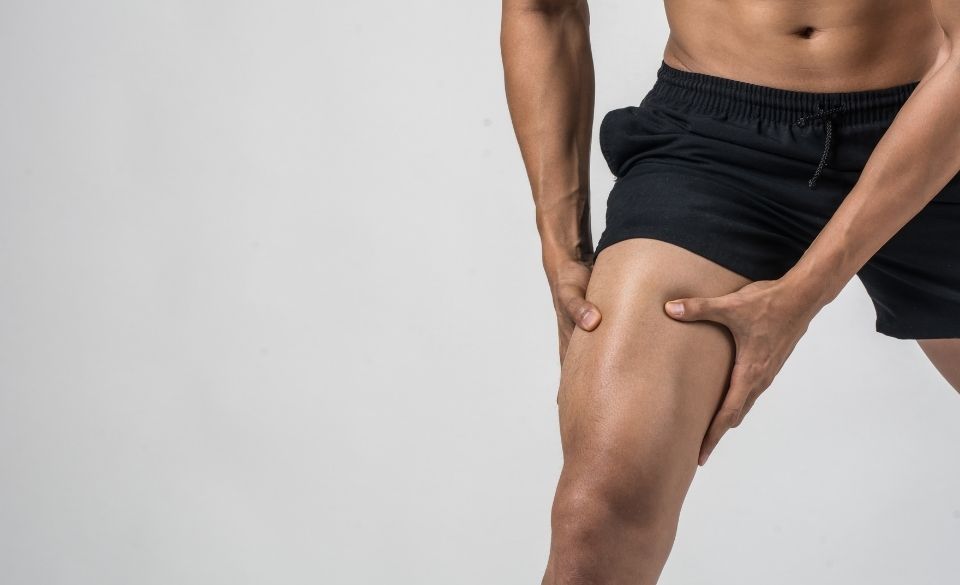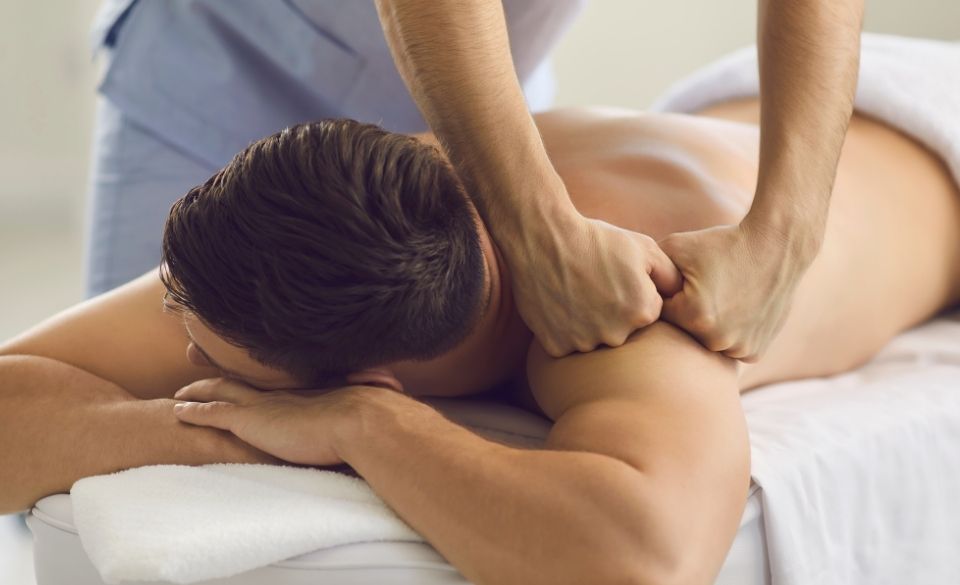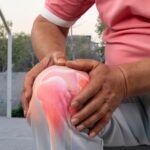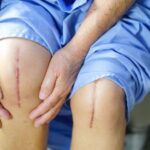
Should I Workout With Sore Muscles? Guide to Relieving Sore Muscles Fast
Page Contents
Should I Workout With Sore Muscles? Guide to Relieving sore muscles Fast
So, you have decided to start running or may even join a gym for the first time. The first few days work well, and you can already start to see some improvements. However, the next morning you wake up so sore it is a struggle to get out of bed, or even walk down the stairs.
Believe it or not, this happens to nearly everyone that follows a fitness routine. Thousands of people struggle with sore muscles after exercise, even if they are fitness enthusiasts, elite runners, or daily walkers.
However, for most people, the last thing they want is forced time away from training. So, in this article, we decided to deep dive into how to relieve muscle soreness fast and whether you should workout with sore muscles or not. Keep reading to find out!
Why Do Muscles Get Sore After Exercising?
If you are a beginner or experienced athlete, you would have most likely experienced sore muscles after exercise at least once. But why do muscles get sore after exercising?
When muscles are required to work harder or longer than they are used to, it can cause microscopic damage. This damage is caused in and around the muscle fibers, resulting in stiffness, soreness, and sometimes pain.
This soreness and stiffness of the muscles is called DOMS (Delayed-onset muscle soreness). It was originally thought that DOMS was caused by a build-up of lactic acid and not muscle soreness. However, as more studies were done, it was found that microscopic damage to the muscle fibers was the main cause
Delayed-onset muscle soreness (DOMS) or soreness after exercise usually starts a day or two after your workout. Generally, you won’t feel this soreness during a workout unless you continue to train when suffering from DOMS.
However, a lot of the time exercising easy can help reduce stiffness and soreness. This is because blood flow increases throughout the muscles. However, you may find it returning a few hours after your exercise.
it is important to know too that pain felt during or straight after a workout, is not generally considered DOMS. It is typically a different kind of muscle soreness.

Why Do Muscles Hurt 2 Days After a Workout
Now you may be asking why do my muscles hurt 2 days after a workout and not directly after?
Most of the time, muscles start to feel tender and sore after two days, as microscopic damage starts to form in the muscles.
Pain and soreness can come at different levels, depending on how much stress you have put the muscles through. When starting something new, or overreaching a workout can often cause muscle soreness to last up to 5 days post-workout.
Generally, DOMS can last up to five days. However, in most cases, it usually lasts between 2-4 days.
Luckily, the soreness will decrease as your muscles adapt to the exercise you are doing. Soreness is a part of the adaption process. However, if you are regularly sore after a workout, you may be pushing yourself too hard and too often.
So, try to reduce your training load and intensity, and slowly increase the load. You will then find muscle soreness will reduce and your training won’t be affected as much.
Muscles Still Sore After 5 Days – What Should You Do?
If your muscles are still sore after 5 days, this should be close to the end of the DOMS cycle. Generally, muscle soreness will peak during days 2-3. However, if you have put your muscles through an extreme amount of load, the peak may stay throughout days 2-5 then gradually get better from there if untreated.
However, if this happens more than once you may need to review your training. That means reducing your training load between workouts, adding a new rest day, or even reducing the amount of time you are exercising.
Should I Workout With Sore Muscles?
For those trying to improve their strength, get fitter and improve cardiovascular function, there is no need to worry if you are experiencing muscle soreness. However, a common question that always pops up is should you workout with sore muscles?
The answer may surprise you.
if you are experiencing muscle soreness after exercise it is actually recommended that you continue to exercise. However, there are a few things you need to know about exercising with sore muscles.
Firstly, the intensity and training load must be reduced. That means changing your exercise routine when experiencing DOMS. This can mean replacing running with walking or very light jogging. Replacing weight training with bodyweight exercises, or weight training using muscle groups that aren’t affected by DOMS.
However, if you are experiencing a high level of soreness from exercise, it is also recommended that you take a few days off to allow the microscopic damage to repair itself before starting some light exercise again. Doing so will greatly reduce the recovery time.

How To Relieve Sore Muscles Fast
Luckily, having sore muscles doesn’t mean you have to rest completely. There are some quick ways to relieve sore muscles fast to get you back running, weight lifting, or the exercise you usually do. Some of the best ways to relieve sore muscles fast are:
– Light stretching of the muscles
– Light exercise
– Massage
– Rest
– Ice and compression
– Heat
– Ice Baths
– Over-the-counter (OTC) pain medicine
Generally, a combination of rest, light training, and massage are one of the quickest ways to relieve muscle soreness fast.
However, if you are experiencing extreme muscle soreness, icing, compression, and massage, paired with rest is the best form of attack.
Using any of the above ways can help you relieve DOMS. However, everyone is different and different combinations will work for different people. A lot of it will depend on the amount of soreness you currently have and how fast the muscles can recover.
In extreme cases, you may need to take over-the-counter medications to help relieve pain, and need multiple massages to help loosen up the muscles. But generally, you should be back to exercising within a week.
Just remember if this is a common reoccurrence, you may need to look at your training plan and make some changes to allow for more recovery.


